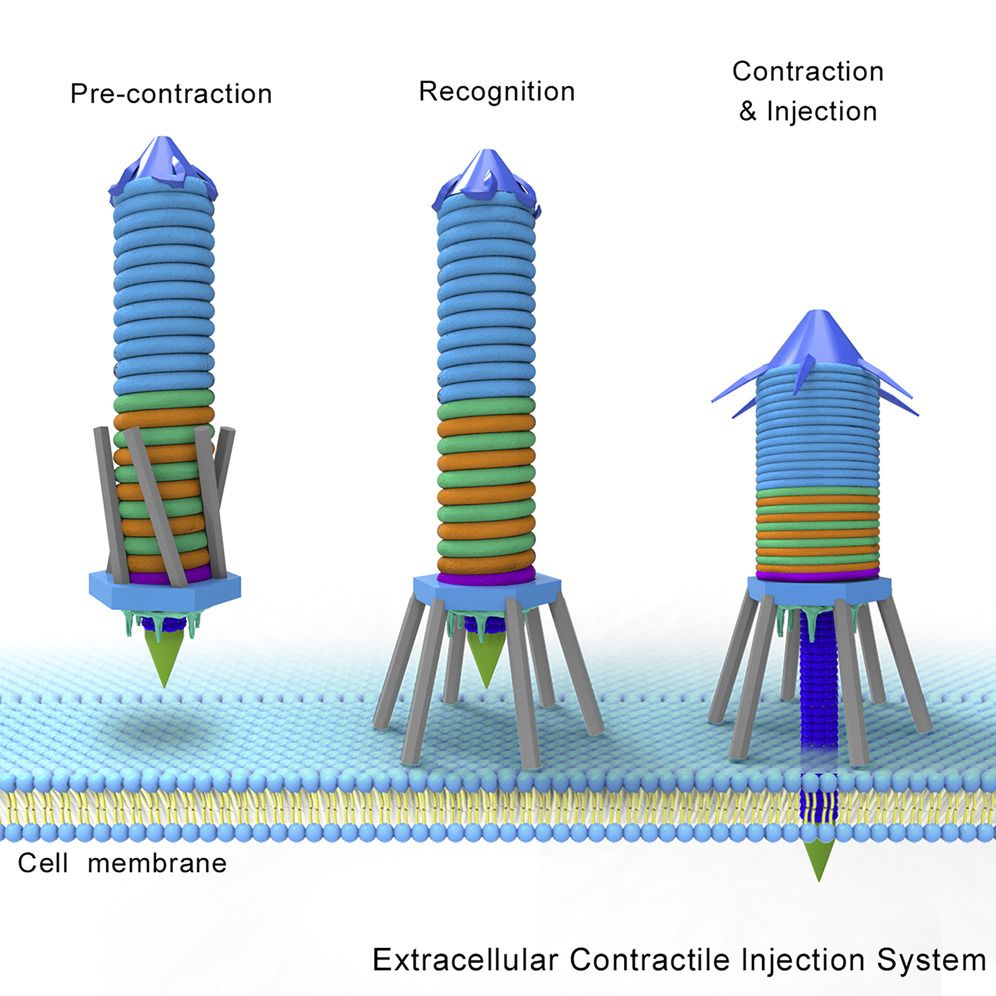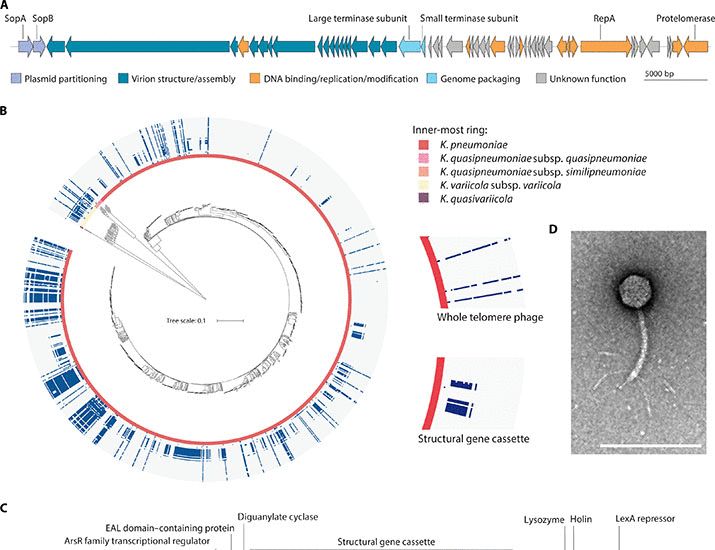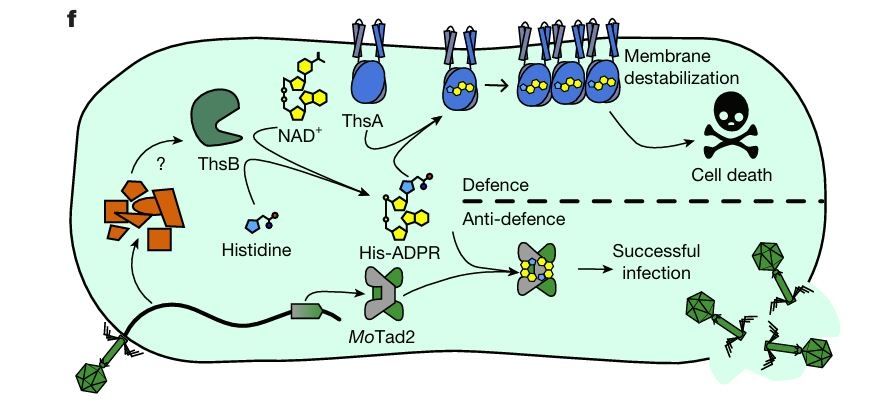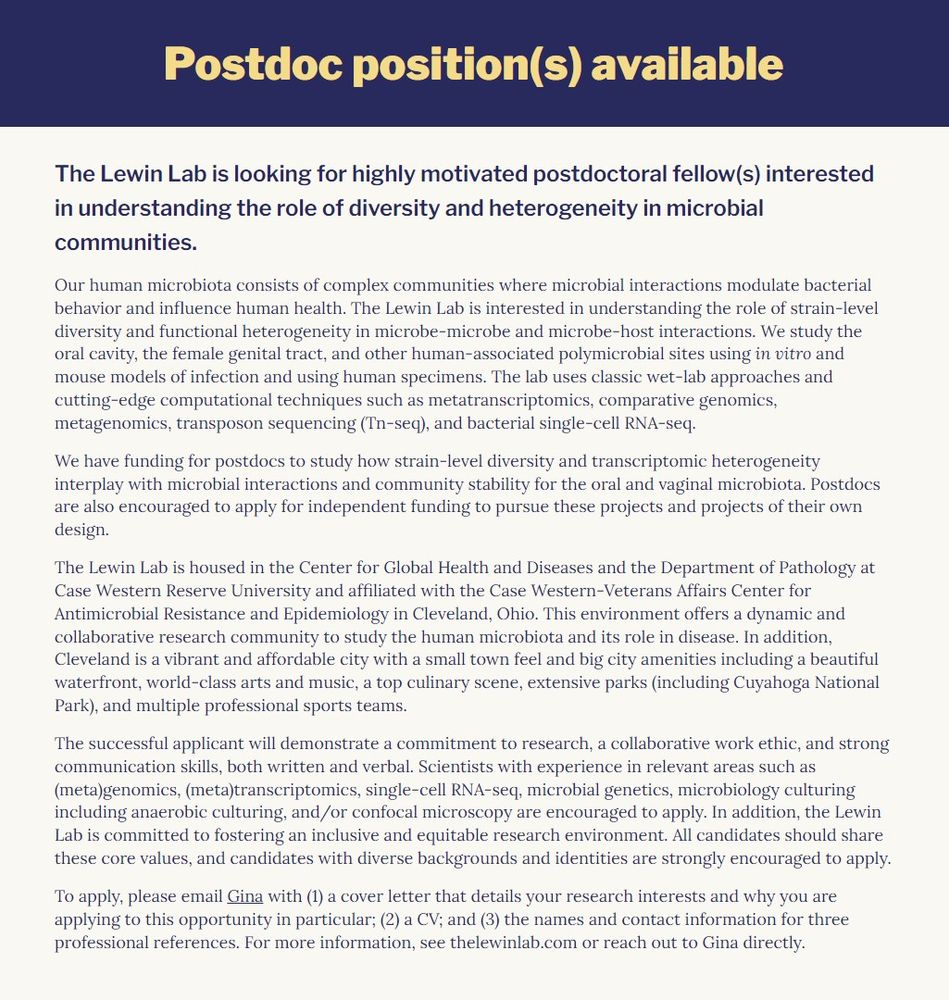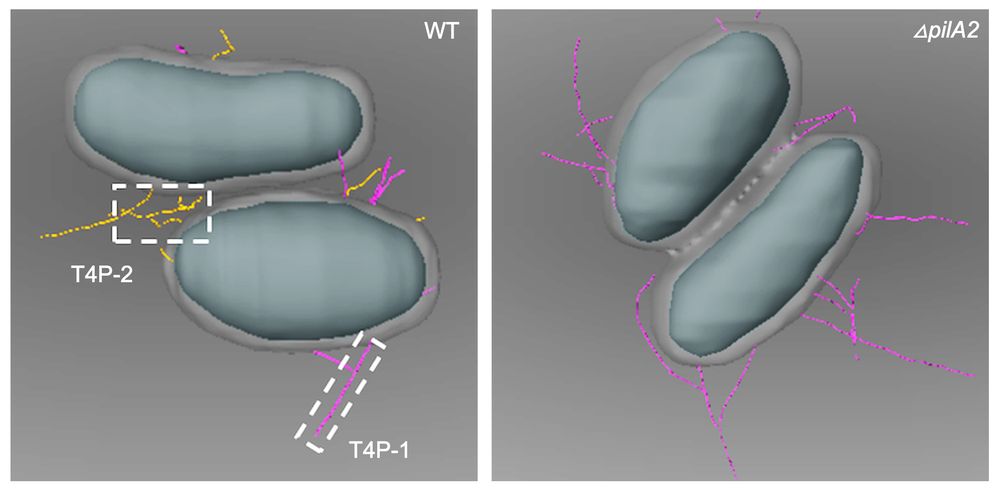Bat Bor
@batbilegbor.bsky.social
99 followers
230 following
4 posts
Faculty at ADA ForsythResearch | Bor Lab | Microbiologist | Saccharibacteria (TM7) | Episymbionts | Runner | Climber | Cyclist
Posts
Media
Videos
Starter Packs
Pinned
Reposted by Bat Bor
Reposted by Bat Bor
Cameron Thrash
@jcamthrash.bsky.social
· Aug 15
Reposted by Bat Bor
Bat Bor
@batbilegbor.bsky.social
· Jul 11
Reposted by Bat Bor
Reposted by Bat Bor
DEEMteam_Orsay
@deemteam.bsky.social
· Jun 17
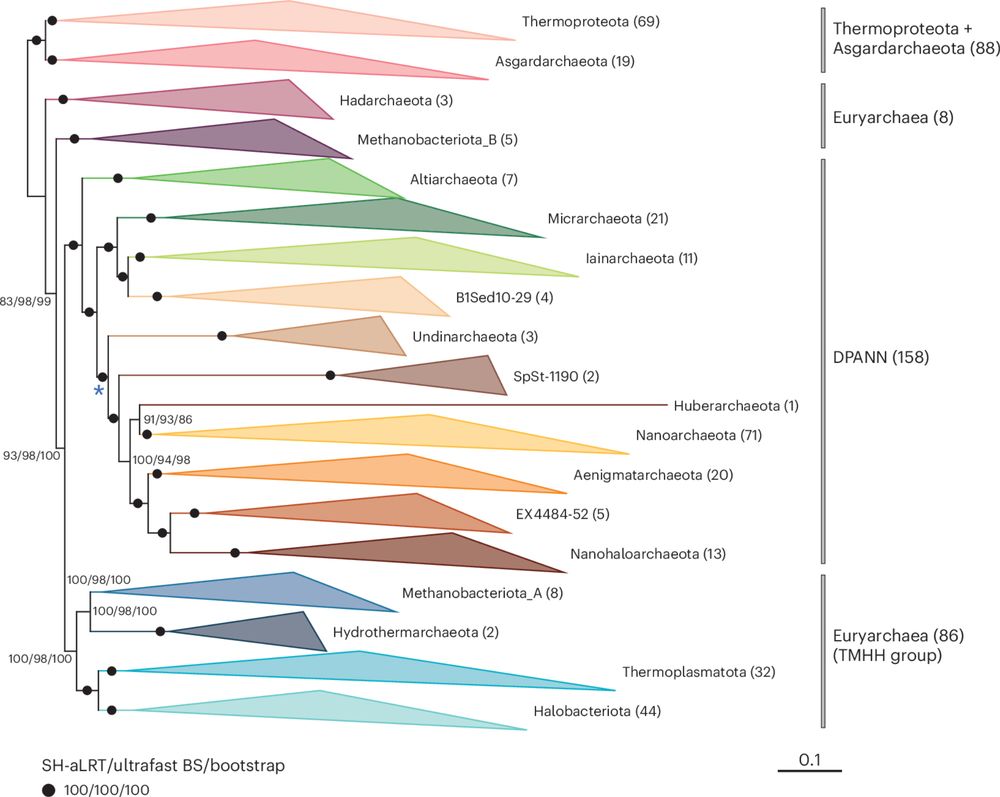
Phylogenomic analyses indicate the archaeal superphylum DPANN originated from free-living euryarchaeal-like ancestors
Nature Microbiology - Phylogenetic reconstructions with conserved protein markers from the 11 known DPANN phyla reveal their monophyletic placement within the Euryarchaeota.
rdcu.be
Bat Bor
@batbilegbor.bsky.social
· May 17
Reposted by Bat Bor
Jan Claesen
@claesengroup.bsky.social
· Oct 19
Reposted by Bat Bor
Reposted by Bat Bor
Reposted by Bat Bor
Reposted by Bat Bor
Reposted by Bat Bor
Reposted by Bat Bor
Reposted by Bat Bor
Reposted by Bat Bor




